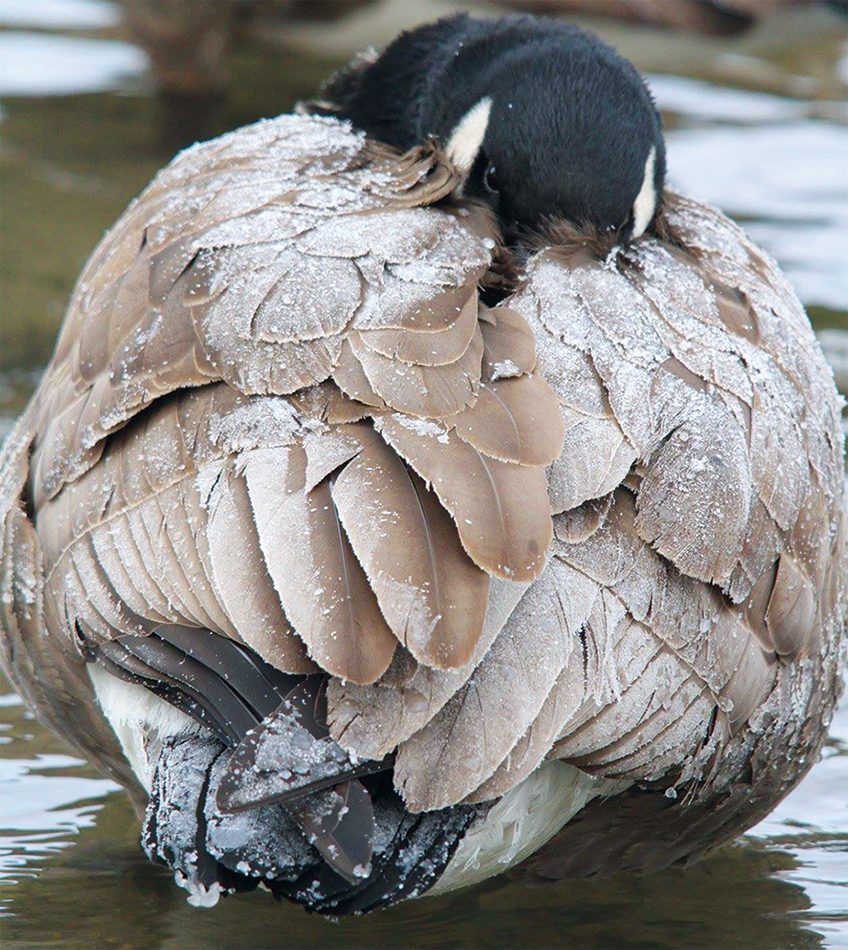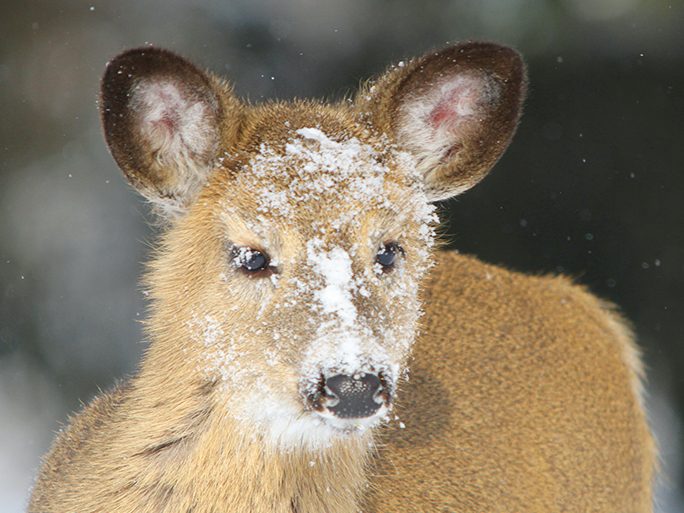
Winter is my favourite time for photographing wildlife
I love heading out into snowstorms to spot birds, squirrels or deer. They live outdoors all year round, so I figure if they can do it, so can I. All I need is a coat, hat, boots and gloves, and away I go to enjoy our country’s natural beauty in the coldest of temperatures. I find the term “Canadian winter” extremely vague; at times, it really should be referred to as “survival of the fittest.” Wildlife are forced to fend for themselves, combat the harsh terrain and carry on. It is truly remarkable witnessing the elements these animals endure in the dead of winter. The ones that manage to find food, keep warm and withstand the dreadful cold are true survivors. Few know the true meaning of a Canadian winter better than they do.
I enjoy taking photographs along the river in London, Ontario’s Springbank Park. I once came across two geese, one of them almost completely covered in frosted ice, trying to keep warm. The other had frozen drops of ice stuck to it as it tried to bathe. (Don’t miss these great Canadian bird stories.)
Another time, I managed to photograph a juvenile bald eagle—I got so close I was able to capture the frozen icicle hanging from its beak.
These birds have acclimated themselves to our winters; geese tend to curl their heads and beaks inside their feather-covered bodies to keep warm.
Check out more gorgeous Canadian bird photography.

Tips for photographing wildlife in winter
I have been photographing wildlife in winter for roughly ten years, but from time to time my camera freezes up. When that happens, I have to return home and thaw it out, but once it’s back in working condition, I set out again to capture more photos. I can stay out for hours searching for these animals.
The Thames River in southwestern Ontario is another great place to photograph birds, beavers and sometimes deer.
I do my best not to interfere with nature, as I feel it’s important to respect the animals’ space in the wild. As a result, I don’t feed any of the animals I cross paths with, except for an occasional handful of sunflower seeds for the chickadees.
From spiders and dragonflies to beavers, chipmunks, squirrels and deer, I love photographing and showcasing the playful and unique traits of these beautiful animals.
Next, check out these stunning shots that perfectly showcase the beauty of the Canadian winter.